- News
- Reviews
- Bikes
- Components
- Bar tape & grips
- Bottom brackets
- Brake & gear cables
- Brake & STI levers
- Brake pads & spares
- Brakes
- Cassettes & freewheels
- Chains
- Chainsets & chainrings
- Derailleurs - front
- Derailleurs - rear
- Forks
- Gear levers & shifters
- Groupsets
- Handlebars & extensions
- Headsets
- Hubs
- Inner tubes
- Pedals
- Quick releases & skewers
- Saddles
- Seatposts
- Stems
- Wheels
- Tyres
- Tubeless valves
- Accessories
- Accessories - misc
- Computer mounts
- Bags
- Bar ends
- Bike bags & cases
- Bottle cages
- Bottles
- Cameras
- Car racks
- Child seats
- Computers
- Glasses
- GPS units
- Helmets
- Lights - front
- Lights - rear
- Lights - sets
- Locks
- Mirrors
- Mudguards
- Racks
- Pumps & CO2 inflators
- Puncture kits
- Reflectives
- Smart watches
- Stands and racks
- Trailers
- Clothing
- Health, fitness and nutrition
- Tools and workshop
- Miscellaneous
- Buyers Guides
- Features
- Forum
- Recommends
- Podcast
review
 2025 Magicshine Allty 400 Front Bike Light.jpg (credit: road.cc)
2025 Magicshine Allty 400 Front Bike Light.jpg (credit: road.cc)£29.99
VERDICT:
Nicely executed and competitively priced compact light
Compact
Solid build quality
IPX7 waterproofing
User friendly
Nice flashing modes
Good run-times in mid and flashing
Short run-times in High mode
Mount less substantial than some
Weight:
104g
Contact:
At road.cc every product is thoroughly tested for as long as it takes to get a proper insight into how well it works. Our reviewers are experienced cyclists that we trust to be objective. While we strive to ensure that opinions expressed are backed up by facts, reviews are by their nature an informed opinion, not a definitive verdict. We don't intentionally try to break anything (except locks) but we do try to look for weak points in any design. The overall score is not just an average of the other scores: it reflects both a product's function and value – with value determined by how a product compares with items of similar spec, quality, and price.
What the road.cc scores meanGood scores are more common than bad, because fortunately good products are more common than bad.
- Exceptional
- Excellent
- Very Good
- Good
- Quite good
- Average
- Not so good
- Poor
- Bad
- Appalling
The Magicshine Allty 400 is described as a 'very small, very lightweight USB-C rechargeable urban bike light designed for city and casual cyclists'. I'd broadly agree with this, though its compact size, solid build quality and sensible modes also lend it to extended playtimes on best bikes during the summer, and to dynamo companionship.
> Buy now: Magicshine Allty 400 for £24.99 from Magicshine
For more options, check out our guide to the best bike lights – and our beam comparison engine for choosing higher powered front lights.
Spec & operation
The Allty 400's specification is remarkably high, especially for a model giving change from £30.
The housing is made from 6061 aluminium and will dissipate heat very effectively, giving the internals a chance of long and productive lives; it'll also resist drops of a metre. The rubber port cover is a reassuringly snug fit and the light has an IPX7 rating for weatherproofing, meaning it will withstand submersion to a metre and for 30 minutes. I subjected it to persistent heavy rain, sudsy bucket washes and a bit of submersion and it never missed a beat.
The single diode is projected through a polycarbonate lens that features anti-glare technology, meaning it projects the beam downward so as not to dazzle oncoming traffic – more of an issue with models producing 1,000 lumens or so, but a nice touch.
A memory function defaults to the last mode selected, and the top-mounted switch-cum-battery life indicator ensures you've an eye on the juice (more on that below). Slightly rubbery to touch, the button is actually very positive, so accidental switch-ons are unlikely in a bag or pocket.
Powering up is a matter of depressing the switch for a second and a half, then a quick double-tap changes mode. The more sustained press caught me out the first couple of times, but the double-tap was immediately intuitive. A single press swaps from solid to flashing modes and back.
Mount
The Allty 400 employs the familiar and very likeable Garmin type mount, although I'm less fond of the strap system, designed to entertain various bar diameters; it feels less robust than some, though I've not had any issues with it.
There is also the option of helmet mounting, which might be welcome if you're using it as a companion to a dynamo or high-powered light.
Modes & run-times
The Allty 400 has five modes: three steady (400, 200 and 100 lumens) and two 400-lumen flashing modes, one with a faster tempo which I used as a day flash.
Given the commuter and city brief, the light's navigational prowess in the 400lm High along semi-rural roads was a pleasant surprise; I've been able to cruise along at 17-18mph with a clear view of conditions ahead. Though overkill for suburbs and town work, the combination of lumens and lens means you'll certainly be seen and without dazzling anyone. Oncoming riders and friends in cars reckoned they could spot the beam from 125 metres on a clear night, 100 when things turned a little misty along the lanes. It lasted just 1:33hrs from a full charge (1:40hrs cited), so best using sparingly if you're venturing beyond the suburbs or out longer than you'd planned on late summer blasts.
The 200-lumen Mid covers town and suburban riding nicely, providing enough light to navigate at 20-25mph without tanking the battery. The crisp beam and sensible spread have proved quite effective at roundabouts and when creeping into the flow of traffic, and I've had no issues with being seen along semi-rural roads either, although if things turned misty I'd go for flashing or up to the full 400 lumens. This Mid mode has consistently returned 3:08hrs from a full charge (3:10hrs cited), and the battery life indicator provides plenty of warning, so you can toggle down to either the low or flashing options. In terms of being seen, along the lanes friends reckoned they could spot the beam from 60-80 metres, so a sporting chance if you've been caught out by a flat, deviation or similar need to limp home.
Having 400 lumens max for both flashing modes might sound a little tame by modern standards but they're highly effective and longer lasting than the Mid and High solid modes, with 7:00hrs and 5:30hrs claimed, 5:23hrs and 6:53hrs in reality.
The 'daylight' flash lacks the outright bang of bigger lamps in very bright, wintry sunshine and at the other extreme, like thick fog, but the tempo and clarity proved sufficient to snare the attention of traffic and pedestrians from a safe distance. On overcast days, other road users seemed to take note at around 100 metres, falling to 60 or so when the sun came out.
Charging & indicator
The battery life indicator is a little crude and, being fussy, I'd like an amber light to denote 50%, though Magicshine isn't the only brand guilty of not providing this. As it stands, a solid green light denotes 100-21%, a steady red means 20-11%, and a three-second red flash means you're down to 10% and lower.
Refuelling from a laptop USB took the claimed 2:15hrs or so, quicker from the mains.
Value
At £29.99 (and currently £24.99), there's no doubting the Magicshine Allty 400 offers excellent specification and overall performance for the money.
Gaciron's Kiwi 400 Anti-Glare front light is slightly more at £31.78, and offers – as its name suggests – an anti-glare lens and 400 lumens. It doesn't employ a Garmin mount but can be positioned above or beneath the bar. However, despite a more powerful 1,600mAh cell, run-times aren't wildly better than the Allty, and it's only IPX6 for weatherproofing. (Steve was impressed with quality, performance and price of the Gaciron Kiwi 1200 Anti-Glare when he reviewed it last year.)
Lezyne's Mini Drive XL 400 is another compact and lightweight model (84g). It's the same price bar a penny, offers a high-quality CNC machined housing and integrated 'lolly stick' charge plug. It produces 400 lumens in the highest setting, but only lasts an hour in that mode.
Ravemen's LR500 costs slightly more – £39.99 – but is a little heavier and has a slightly lower IPX6 rating for weatherproofing. It does have a port allowing a powerbank to be plugged in, though, should you need to extend run-times (it'll run on low while charging) or fancy Ravemen's optional wired switch.
Conclusion
Minor niggles aside, the Allty 400 is a very capable and affordable commuter light or compact for best bikes. It's best suited to town and suburban duties, as Magicshine suggests, and if you're only straying beyond city limits very occasionally or for extended summer playtimes on a pared-to-the-essentials best bike it's well worth a closer look.
> Buy now: Magicshine Allty 400 for £24.99 from Magicshine
Verdict
Nicely executed and competitively priced compact light
road.cc test report
Make and model: Magicshine Allty 400 Front Bike Light
Size tested: 400 Lumens
Tell us what the light is for, and who it's aimed at. What do the manufacturers say about it? How does that compare to your own feelings about it?
Magicshine says: "Allty 400 is a very small, very light weight USB-C rechargeable urban bike light designed for city and causal cyclists."
I broadly agree with this description but would extend its usefulness as a dynamo companion, or as a compact light for extended summer playtimes on pared-to-the-essentials best bikes.
Tell us some more about the technical aspects of the light?
Magicshine lists:
400 lumens max of verified output
Safety feature: Anti Glare lens for oncoming traffic
Safety feature: Side lighting for better side visibility
100 – 50 – 25% brightness modes and 2 flash modes
1.4 hours on full brightness mode
85g in weight
USB Type-C charging
Garmin handlebar mount with silicon strap
Rate the light for quality of construction:
9/10
Very solidly made.
Rate the light for design and ease of use. How simple was the light to use?
9/10
Very intuitive and user friendly.
Rate the light for the design and usability of the clamping system/s
7/10
Reliable enough but less refined than some. However, being the Garmin type, there are plenty of readily available alternatives.
Rate the light for waterproofing. How did it stand up to the elements?
9/10
IPX7 is reassuringly high, especially given the commuter tag and price point.
Rate the light for battery life. How long did it last? How long did it take to recharge?
7/10
Run and charge times are within a few minutes of those cited, which is impressive given these were lab-tested at 25°C, not close to and below zero. That said, and in common with this genre of light, run-times in the highest steady settings are relatively short. Charge times are within the 2:30hrs cited – 2:15hrs from the mains – which should be practical for most contexts, although I would charge little and often to keep the battery fuelled and to maximise its service life.
Rate the light for performance:
8/10
An effective light across the board, but I was particularly impressed by the user-friendly, intuitive design and flashing modes.
Rate the light for durability:
8/10
Very solid. I wasn't surprised it didn't miss a beat in torrential rain and I've dropped ours into a bucket of water, leaving it for several minutes, with no issues.
Rate the light for weight:
8/10
Heavier than cited by Magicshine but feathery enough and, crucially, very solid.
Rate the light for value:
8/10
Very good, especially given the build quality.
How does the price compare to that of similar products in the market, including ones recently tested on road.cc?
Gaciron's Kiwi 400 Anti-Glare front light is slightly more at £31.78, and offers – as its name suggests – an anti-glare lens and 400 lumens. It doesn't employ a Garmin mount but can be positioned above or beneath the bar. However, despite a more powerful 1,600mAh cell, run-times aren't wildly better than the Allty, and it's 'only' IPX6 for weatherproofing.
Lezyne's Mini Drive XL 400 is another compact and lightweight model (84g). It's the same price bar a penny, offers a high-quality CNC machined housing and integrated 'lolly stick' charge plug. It produces 400 lumens in the highest setting, though it only lasts an hour in that mode.
Ravemen's LR500 costs slightly more – £39.99 – and is a little heavier, but thanks to the clever optics it's more potent than the numbers alone would suggest. It also has a port allowing a powerbank to be plugged in, should you need to extend run-times (it'll run on low while charging) or fancy Ravemen's optional wired switch. It has a slightly lower IPX6 rating for weatherproofing.
Tell us how the light performed overall when used for its designed purpose
Overall performance is very good. The 400-lumen steady mode has sufficient punch for navigating semi-rural stretches at a decent pace, and there's been no issues with being seen. Run-times in this setting are relatively short, but this applies to other compact models with integral batteries. The other steady modes have sufficient bite for suburban and town contexts while conserving battery run-times, although the flashing modes are particularly effective when it comes to being seen, while also being the most frugal. I've also found these particularly effective as a companion to my dynamo light along the backroads.
Tell us what you particularly liked about the light
Solid build quality, compact dimensions and potent flashing modes.
Tell us what you particularly disliked about the light
The mount could be improved, but it's perfectly functional and there are a wealth of aftermarket options, so a niggle, rather than deal breaker.
Did you enjoy using the light? Yes
Would you consider buying the light? Possibly, as a dynamo backup/companion or extended summer playtimes on best bikes.
Would you recommend the light to a friend? Yes
Use this box to explain your overall score
Impressive light for commuting, as a secondary companion to dynamos, or extended playtimes on the best bike. It feels very rugged and with excellent weather-sealing, though relatively short run-times in the higher settings mean it's best suited to town and suburban riding.
About the tester
Age: 51
I usually ride: Rough Stuff Tourer Based around 4130 Univega mtb Frameset My best bike is: 1955 Holdsworth Road Path and several others including cross & traditional road
I've been riding for: Over 20 years I ride: Most days I would class myself as: Experienced
I regularly do the following types of riding: cyclo cross, commuting, touring, fixed/singlespeed, mtb,
Shaun Audane is a freelance writer/product tester with over twenty-eight years riding experience, the last twelve (120,000 miles) spent putting bikes and kit through their paces for a variety of publications. Previous generations of his family worked at manufacturing's sharp end, thus Shaun can weld, has a sound understanding of frame building practice and a preference for steel or titanium framesets.
Citing Richard Ballantine and an Au pair as his earliest cycling influences, he is presently writing a cycling book with particular focus upon women, families and disabled audiences (Having been a registered care manager and coached children at Herne Hill Velodrome in earlier careers)








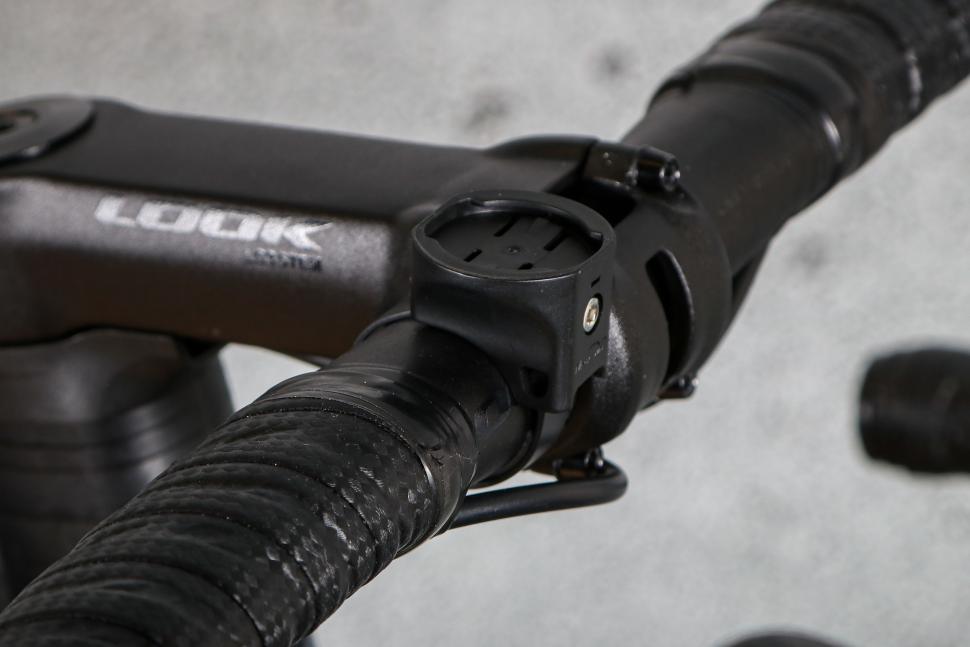

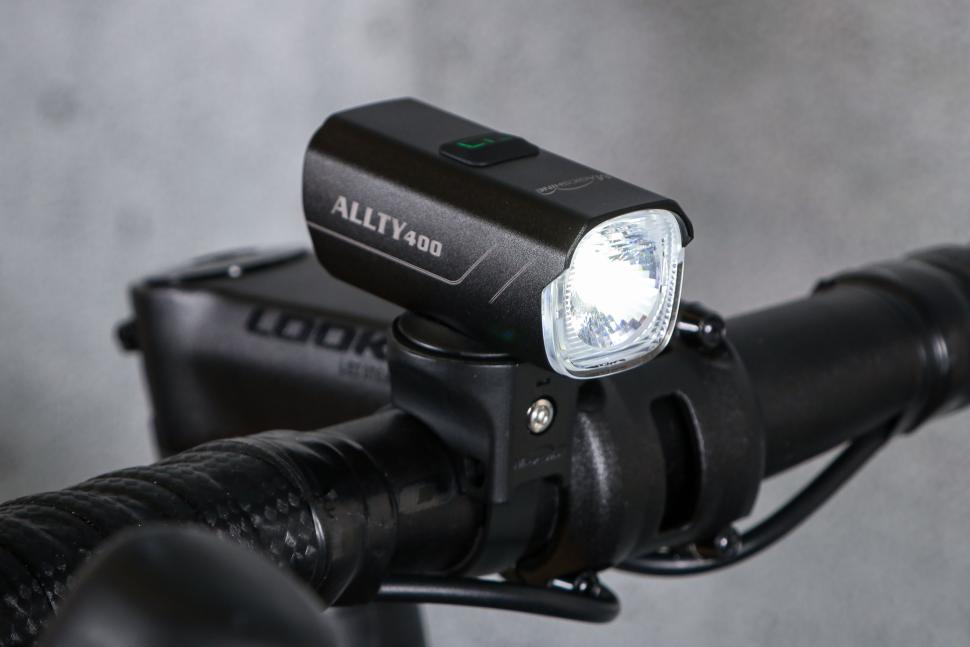
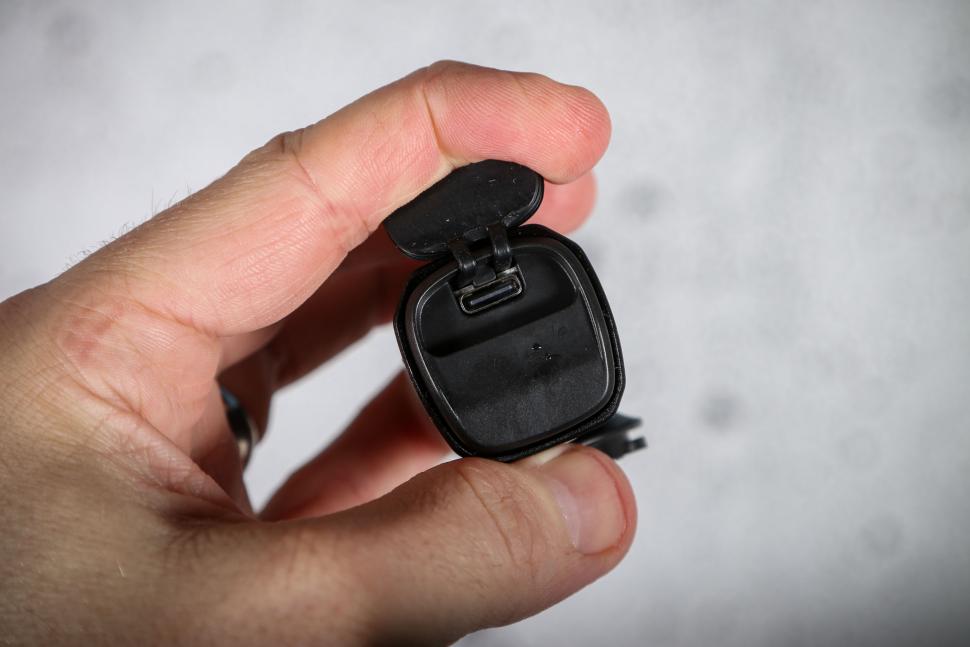
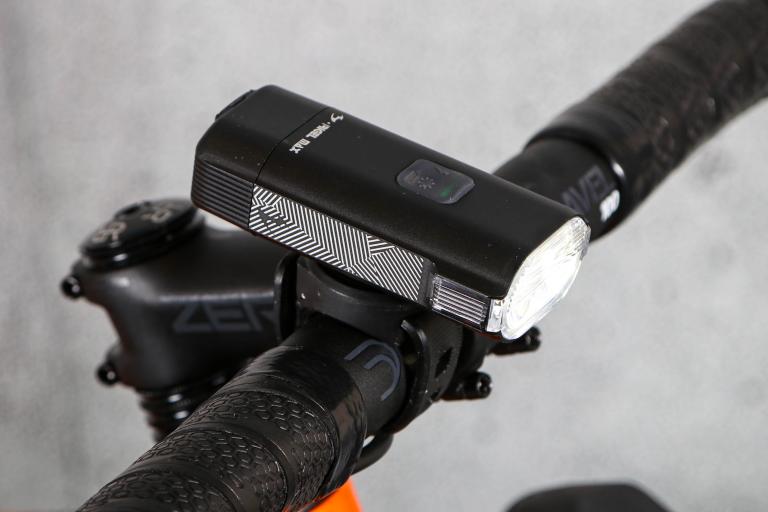
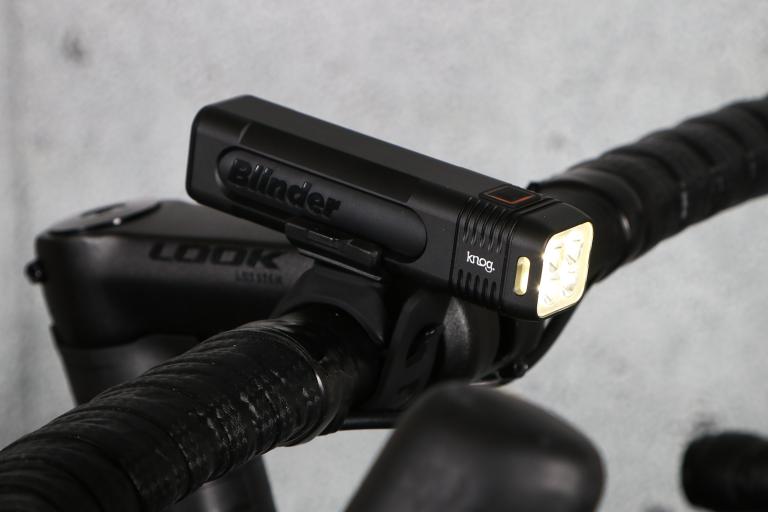
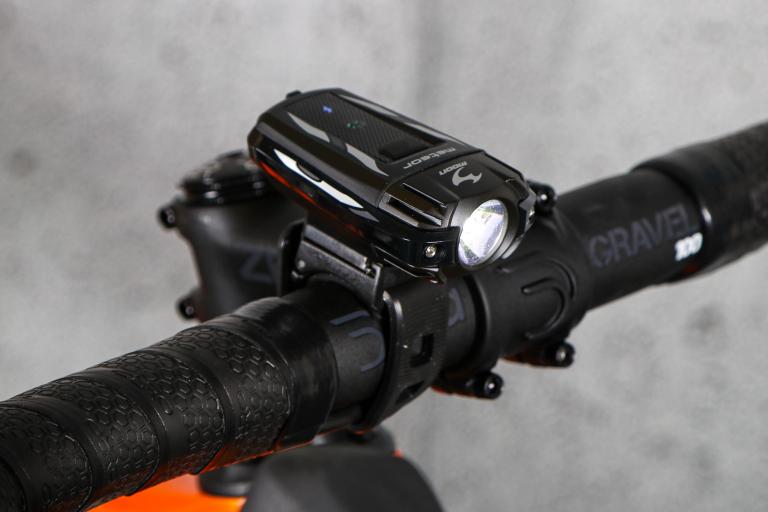
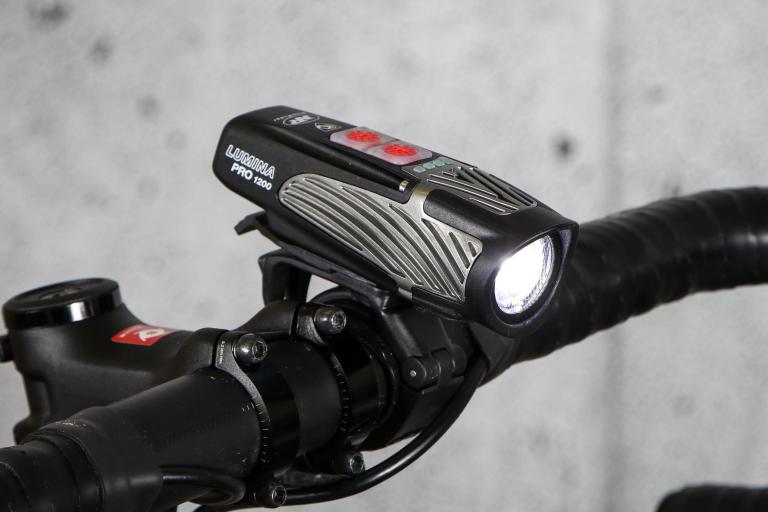
Obviously it means 'springing out of the bunch' on a critical sector. Or maybe it's referring to the time of year.
Car crashes through garden wall for second time in 18 months https://www.wiltshire999s.co.uk/car-crashes-garden-second-time/
Woman taken to hospital after flipping car onto roof in Trowbridge...
Its blindingly obvious from the image that the DKE of the buses include the mirrors which extend to nearly reach the edge of the tarmac pavement on...
It's sad when being very good at your job - any job - isn't enough to earn a decent living. It shouldn't be that way....
Bont double wide wearer here. Even Lake, for me, are too narrow in the toebox and midfoot, but Lake work for a lot of people....
Bigly!
I seem to recall saint Chris being more on recent BBC road cycling coverage rather than less.
I never heard of anyone having their leg sliced off / unexpectedly wiping out using a spoon brake, but discs...
Meanwhile, in the Netherlands... (cycling to hospital, s''Hertogenbosch, Utrecht. Cycling to hospital and cycle parking, Assen)....